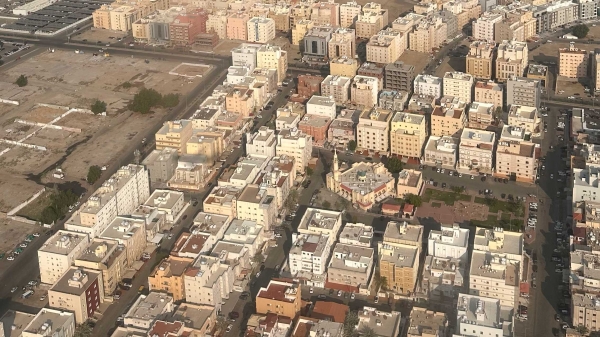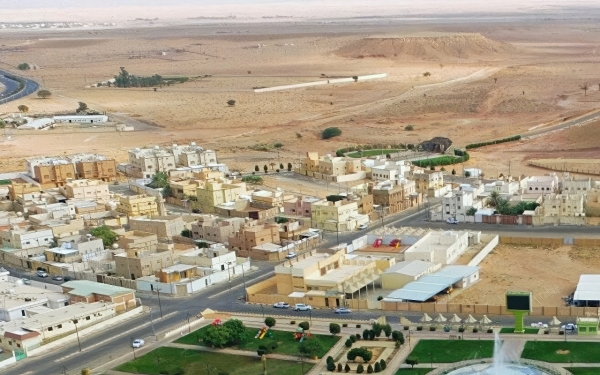


White Lands in the Kingdom of Saudi Arabia are vacant lands intended for residential or commercial residential use within the boundaries of the urban area. Their boundaries are delineated by maps in urban planning documents that depict the different phases of urban development. These boundaries define suitable areas for urban activities and facilitate urban growth within a specified timeframe, in compliance with the Implementing Regulations of the Law of White Land Tax issued in 2016.
Law of White Land Tax
White lands in the Kingdom, according to the phases of its application, are subject to taxes imposed by the Ministry of Municipalities and Housing on the owners of this land, whether natural or non-governmental legal persons. The tax amounts to 2.5 percent of the land value.
The Implementing Regulations of the Law of White Land Tax delineate the timetable for the gradual implementation of the tax, the criteria for identifying the lands subject to the tax, the criteria for suspending the application of the tax, the necessary controls to ensure the fair application of the tax and to prevent evasion, the mechanism for determining the availability of public services and amenities to the lands, the criteria for identifying obstacles preventing the issuance of necessary licenses and approvals for land development or construction, the rules and procedures for tax collection, the entities authorized to collect them, and the mechanisms for notifying the landowner of the decisions issued against him.
The criteria of the regulations for estimating the land value take into account the location of the land, its uses, the availability of public services, the accessibility of utilities, and its construction plans.
Stages of applying white land tax in the Kingdom
The first phase of imposing the white land tax is on undeveloped land with an area of ten thousand m or more, located within the scope determined by the ministry.
The second phase is for developed lands owned by one or more owners, with an area of ten thousand m or more, as well as developed lands owned by one owner with an area of ten thousand m or more in a single plan within the scope determined by the ministry.
The third phase concerns developed lands owned by one or more owners, with an area of five thousand m or more, located within the scope determined by the ministry, or the total of developed lands owned by one owner with an area of ten thousand m or more in a single city, located within the scope determined by the ministry.
More than one phase can be applied in a single city, in addition to the ministry's periodic review of the situation in any city to decide on the application of the tax on the lands therein, its suspension, or the application of one or more stages to go beyond a certain stage and move to the next stage in the same city.
Objectives of the Law of White Land Tax
- Increasing the supply of developed land to achieve a balance between supply and demand.
- Providing residential land at reasonable prices.
- Protecting fair competition and combating monopolistic practices.
Related quizzes
Related articles

